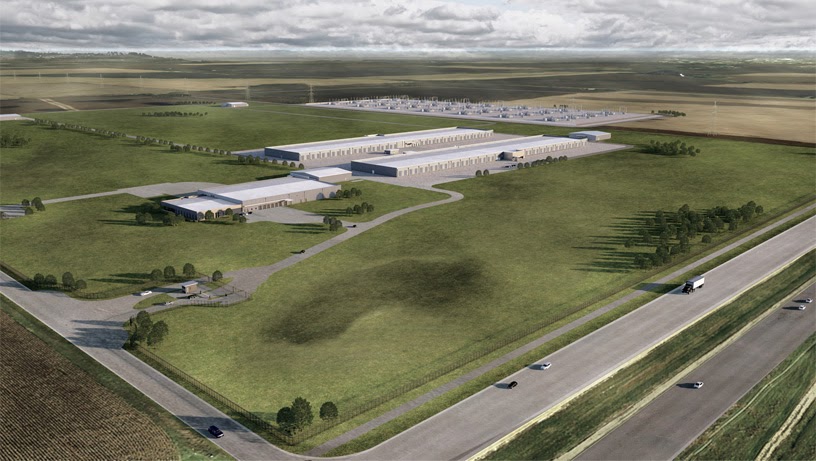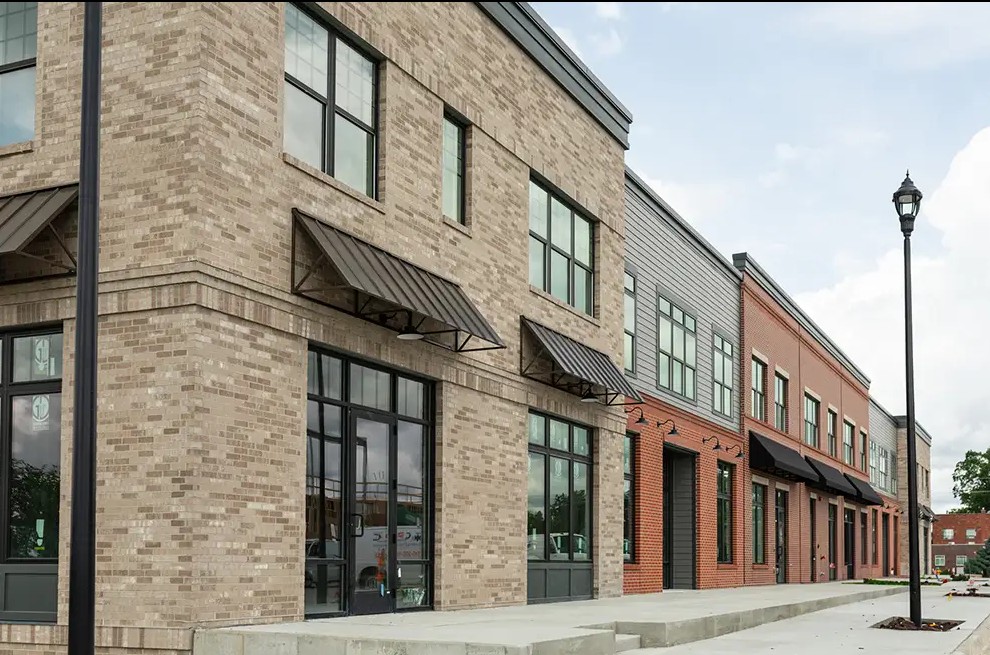Need for tax abatements diminishing, but not disappearing in Des Moines

KENT DARR Jul 29, 2015 | 9:27 pm
3 min read time
780 wordsBusiness Record Insider, Real Estate and DevelopmentHomebuilders left no doubt about their attitude toward city of Des Moines proposals to scale back tax abatement programs that have been in place since 1987. The consensus: The changes will chill already anemic homebuilding in the city.
Downtown developers were silent during the meeting Monday when the proposed changes were unveiled. But the wheels were turning.
“It’s the only consistent program available where I know what I’m getting before I look at a project,” said Troy Hansen, who has a major project underway at East Second and East Locust streets and is preparing another south of downtown along the Des Moines River.
Hansen and other developers know where they stand because under state law, a tax abatement offered to one has to be offered to all. The type of abatement depends primarily on where the project will stand. If it’s in or near the city’s core, the abatement on a residential project is 100 percent of the taxes generated by improvements for 10 years. The city has proposed scaling that back to 100 percent for five years, then a declining scale for the next five.
“Five years isn’t very much time,” Hansen said. “Our costs right now are just through the roof on projects, and it’s tough to make these things work.”
The cost of land alone for downtown developers can be staggering, said Gene Nelsen, president of Nelsen Appraisal Associates, whose services can help a lender decide whether to back a project.
Nelsen pointed to several land purchases downtown that averaged around $20 per square foot. Compare that to a price for open land in the suburbs at around $2 per square foot, and you get an idea of the challenge of developing downtown. You have to build fairly tall to squeeze in enough apartments for the downtown land’s costs to pencil out. Building tall means digging deep to sink caissons to support the structures. More cost means more risk.
Developer Jake Christensen pointed out that one benefit of the new proposal is that the city plans to stretch out the implementation date for an additional year. The city is considering the changes because the current abatement programs expire on Dec. 31. City officials hope to have a new plan in place by early fall, with most changes taking effect Jan. 1, 2016.
The city is in a bit of a tough spot. It faces the potential of a drop in property tax revenues because of changes enacted in 2013 by the Iowa Legislature. One significant change is that multifamily properties will pay taxes based on residential valuations, which are running slightly above 50 percent of full assessments. Prior to the change in Iowa law, owners of multifamily properties paid taxes based on 100 percent the assessment.
For owners, that means their operating income should increase over time as their taxes decline. Nelsen said he factors in that potential increase in overall value when appraising apartment projects.
Christensen said the time when tax abatements are not needed is approaching because owners are finding that they can push up lease rates in a downtown market that has few vacancies.
“I think the day is on the horizon when rates will catch up with costs,” he said. Still, “I think it is too soon to pull back” on abatements.
Scott Jarvis, senior vice president of commercial lending for Lincoln Savings Bank, said the financial standing of developers coming through his door for a loan is improving. As a result, tax abatements play less of a crucial role in determining whether to provide money for projects.
“I’m looking at a project with a 10-year abatement, but the fundamentals are so sound, the borrower has enough liquidity and cash that it’s really not needed,” he said.
Jarvis also mentioned the fact that lease rates are on the rise at $1.75 to $1.80 per square foot. And those prices will go higher.
Justin Mandelbaum, who has proposed a mixed-use project to replace the parking garage at Fifth and Walnut streets, has said his rates will be the highest in the city. That would place rents above $2 per square foot. Plans for a mixed-use development to replace the Seventh Street and Grand Avenue parking ramp also could be in the $2 and above range.
Downtown developers will have a chance to weigh in on the city proposals during a public meeting at 6 p.m. Aug. 19 at the Polk County River Place Building, Room 1, at 2309 Euclid Ave. (Please note that this location has changed since the original publication of this article.)
Christensen said he plans to be there.









